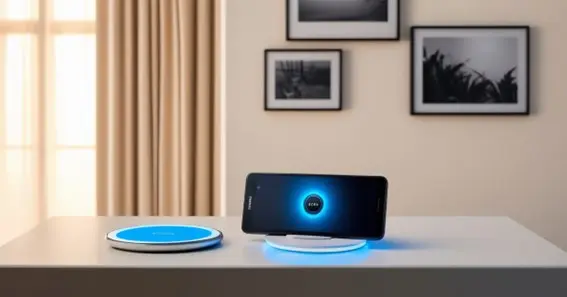The BLU Tank Xtreme 4.0 is designed with a micro USB charging port located at the bottom of the device. This port serves as the primary point for charging the phone and can be used with any standard micro USB charger.
Since this phone model is built to endure rugged environments, including water and dust exposure (IP65 rated), its charging port is also designed to withstand harsh conditions, though keeping it clean is essential for long-term reliability.
Tips For Charging The BLU Tank Xtreme 4.0
- Use a Quality Charger: While the phone can charge with any micro USB cable, a charger with a 2A output is recommended for efficient charging. Higher quality chargers may also prevent issues like overheating or slow charging.
- Avoid Overcharging: Once the battery reaches full capacity, disconnect the charger to maintain the health of the battery and charging port.
- Keep the Port Clean: Use compressed air to remove dust or debris that may collect in the port, especially if you use the phone in dusty or wet environments.
- Opt for Cable Length Based on Usage: For charging flexibility, consider a longer cable if you often need to use the phone while charging.
- Monitor Charging Speed and Temperature: If you notice overheating or unusually slow charging, inspect the cable and charging adapter, as these issues can sometimes indicate wear or a faulty charger.
FAQ
- Where is the charging port located on the BLU Tank Xtreme 4.0?
The micro USB charging port is located at the bottom of the phone. - Can I use any micro USB cable for charging?
Yes, but using a high-quality cable with a 2A output is recommended for faster, safer charging. - Does the BLU Tank Xtreme 4.0 support fast charging?
The phone doesn’t officially support fast charging, but using a quality 2A charger can optimize the charging speed. - How do I maintain the charging port?
Regularly clean the port with compressed air and avoid exposing it to dirt or water. - Is the charging port protected against water?
Yes, it has an IP65 rating, meaning it is resistant to dust and low-pressure water exposure; however, it’s best to avoid direct water contact when charging.








